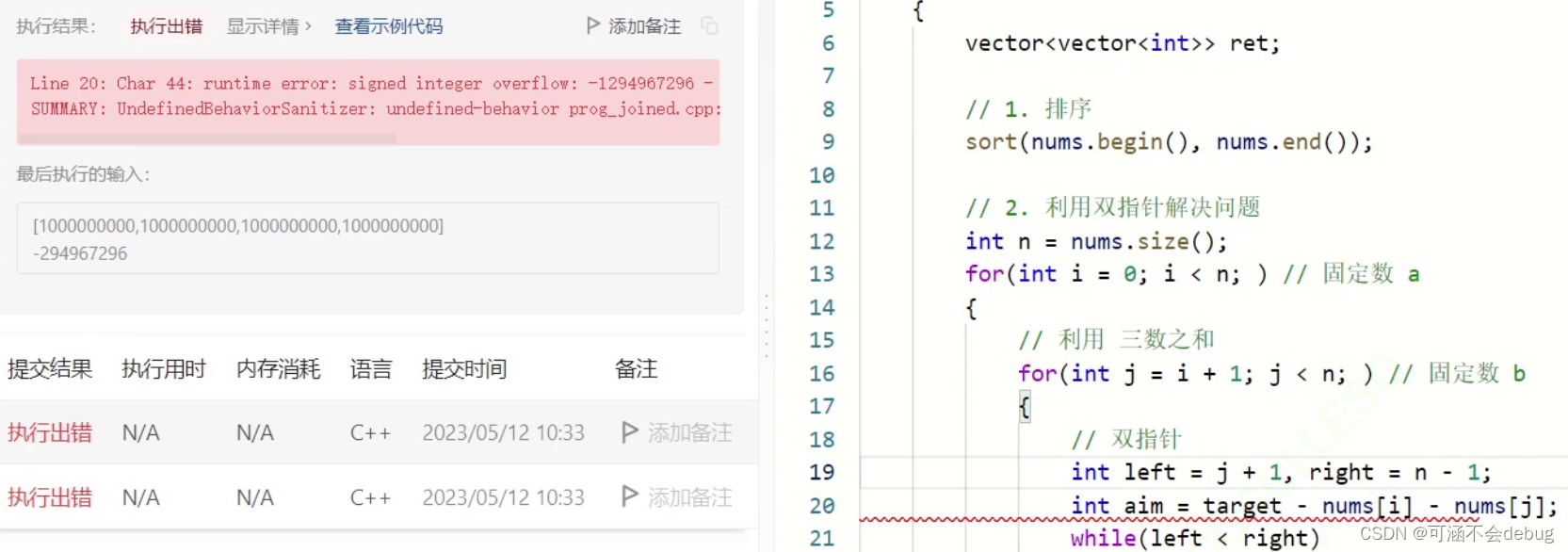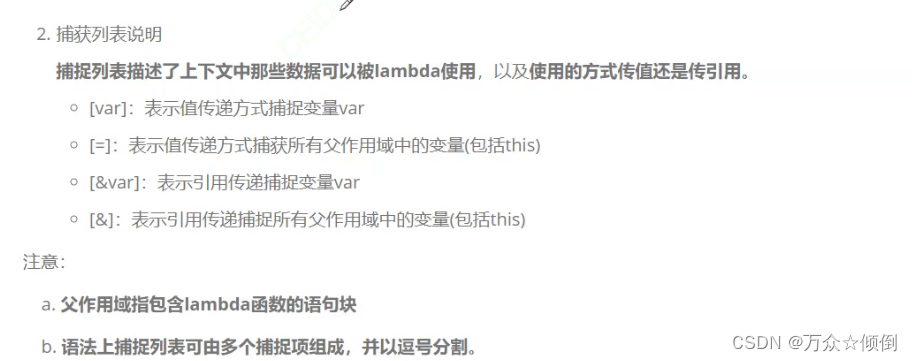编者按
在“10月MSOM文章精选:智慧医疗”中,我们有主题、有针对性地选择了MSOM期刊杂志中一些有关智慧医疗领域的有趣文章,不但对文章的内容进行了概括与点评,而且也对文章的结构进行了梳理,旨在激发广大读者的阅读兴趣与探索热情。在本期“论文导读”中,我们以“智慧医疗”为主题,分别探究了疾病预防保健、肾交换相关分支定价问题、共享医疗预约问题,涉及机器学习、运筹学、共享经济等诸多知识。
推荐文章1
● 题目:Data-Driven Allocation of Preventive Care with Application to Diabetes Mellitus Type II
数据驱动的II型糖尿病预防保健配置研究
● 期刊:Manufacturing & Service Operations Management
● 原文链接:https://pubsonline.informs.org/doi/10.1287/msom.2021.0251
● 作者:Mathias Kraus, Stefan Feuerriegel, Maytal Saar-Tsechansky
● 关键词:
-
preventive care 预防保健
-
disease prevention 疾病预防
-
healthcare analytics 医疗分析
-
machine learning 机器学习
● 摘要:
Problem definition: Increasing costs of healthcare highlight the importance of effective disease prevention. However, decision models for allocating preventive care are lacking.
Methodology/results: In this paper, we develop a data-driven decision model for determining a cost-effective allocation of preventive treatments to patients at risk. Specifically, we combine counterfactual inference, machine learning, and optimization techniques to build a scalable decision model that can exploit high-dimensional medical data, such as the data found in modern electronic health records. Our decision model is evaluated based on electronic health records from 89,191 prediabetic patients. We compare the allocation of preventive treatments (metformin) prescribed by our data-driven decision model with that of current practice. We find that if our approach is applied to the U.S. population, it can yield annual savings of $1.1 billion. Finally, we analyze the cost-effectiveness under varying budget levels.
Managerial implications: Our work supports decision making in health management, with the goal of achieving effective disease prevention at lower costs. Importantly, our decision model is generic and can thus be used for effective allocation of preventive care for other preventable diseases.
问题定义: 医疗保健费用的增加凸显了有效预防保健的重要性。然而,当下仍缺乏有效分配预防保健的决策模型。
方法/结果: 在本文中,我们开发了一个数据驱动的决策模型,用于确定风险患者预防治疗的成本效益分配。具体的说,我们结合了反事实推理、机器学习和优化技术来构建一个可扩展的决策模型,该模型可以利用高维医疗数据,例如现代电子健康记录中的数据。我们的决策模型是基于89191名糖尿病前期患者的电子健康记录进行评估的。我们比较了由我们的数据驱动的决策模型规定的预防性治疗(二甲双胍)的分配与当前的实践。我们发现,如果我们的方法适用于美国的民众,每年可以节省11亿美元。最后,分析了不同预算水平下的成本效益。
管理意义: 我们的工作有效支持了健康管理决策,以较低的成本实现有效疾病预防的目标。重要的是,我们的决策模型是通用的,因此可以用于有效分配其他可预防疾病的预防性护理。
● 核心解法及点评
作者开发了一个数据驱动的决策模型用于分配预防医疗资源,即一个接收来自患者的电子病历作为输入的决策模型,输出是具有成本效益的预防性护理资源分配。决策模型结合了因果推理,机器学习和优化结构,分为三个连续阶段。(1)第一阶段使用反事实推理来估计电子病历预防性治疗的有效性。因此,在量化处方预防性治疗时,具有特定风险概况的患者的个性化糖尿病风险变化。在这里,由于治疗效果往往是未知的,只能在实践中满足需求,但必须从电子病历估计。接下来讨论了当治疗效果已知时(如随机对照试验)可以使用的替代方法。(2)第二阶段估计个体患者糖尿病发病的个体化风险。具体来说,我们将机器学习应用于患者的电子病历,以预测发病的概率。(3)第三阶段利用预测的风险和治疗效果,在给定的预算约束下优化对患者的预防保健配置。

推荐文章2
● 题目:A Branch-and-Price Algorithm Enhanced by Decision Diagrams for the Kidney Exchange Problem
肾交换问题的决策图改进的分支定价算法
● 期刊:Manufacturing & Service Operations Management
● 原文链接:https://pubsonline.informs.org/doi/10.1287/msom.2022.0192
● 作者:Lizeth C. Riascos-Álvarez, Merve Bodur, Dionne M. Aleman
● 关键词:
-
Kidney exchange 肾交换
-
integer programming 整数规划
-
branch and price 分支定价
-
multi-valued decision diagrams 多值决策图
● 摘要:
Problem definition: Kidney paired donation programs allow patients registered with an incompatible donor to receive a suitable kidney from another donor, as long as the latter’s co-registered patient, if any, also receives a kidney from a different donor. The kidney exchange problem (KEP) aims to find an optimal collection of kidney exchanges taking the form of cycles and chains.
Methodology/results: We develop the first decomposition method that is able to consider long cycles and long chains for projected large realistic instances. Particularly, we propose a branch-and-price framework in which the pricing problems are solved (for the first time in packing problems in a digraph) through multi-valued decision diagrams. We present a new upper bound on the optimal value of the KEP, obtained via our master problem. Computational experiments show superior performance of our method over the state of the art by optimally solving almost all instances in the PrefLib library for multiple cycle and chain lengths.
Managerial implications: Our algorithm also allows the prioritization of the solution composition, e.g., chains over cycles or vice versa, and we conclude, similar to previous findings, that chains benefit the overall matching efficiency and highly sensitized patients.
问题定义: 肾脏配对捐赠计划允许与不相容的供者注册的患者从另一个供者那里接受合适的肾脏,只要后者的共同注册患者(如果有的话)也从另一个供者那里接受肾脏。肾脏交换问题(KEP)旨在寻找以循环和链的形式进行肾脏交换的最佳集合。
方法/结果: 我们开发了第一个分解方法,能够考虑长周期和长链的预测大型实例。特别地,我们提出了一个分支定价法框架,其中定价问题通过多值决策图解决(首次在有向图中的装箱问题中)。我们给出了KEP最优值的一个新的上界,这是由我们的主问题得到的。计算实验表明,我们的方法通过最优地解决PrefLib库中几乎所有的多循环和链长度的实例,优于目前的技术水平。
管理意义: 我们的算法还允许解决方案在优先级上的自由组合,例如,链优于循环或反之亦然,我们得出结论,与之前的发现相似,链有利于整体匹配效率和高度敏感的患者。
● 核心解法及点评
作者建立了一个通用的解决方案框架,包括通过MDD搜索循环和链(阶段1),搜索正价格链和周期的切割平面算法,其最终目标是证明不存在更多的正价格链(阶段2),以及寻找正价格周期的两步搜索(如果有的话)(阶段3)。下图说明了该框架。作者解决了在肾脏交换中寻找匹配的问题,开发了一个新的分支定价法算法框架,通过MDD来解决循环和链的定价问题。
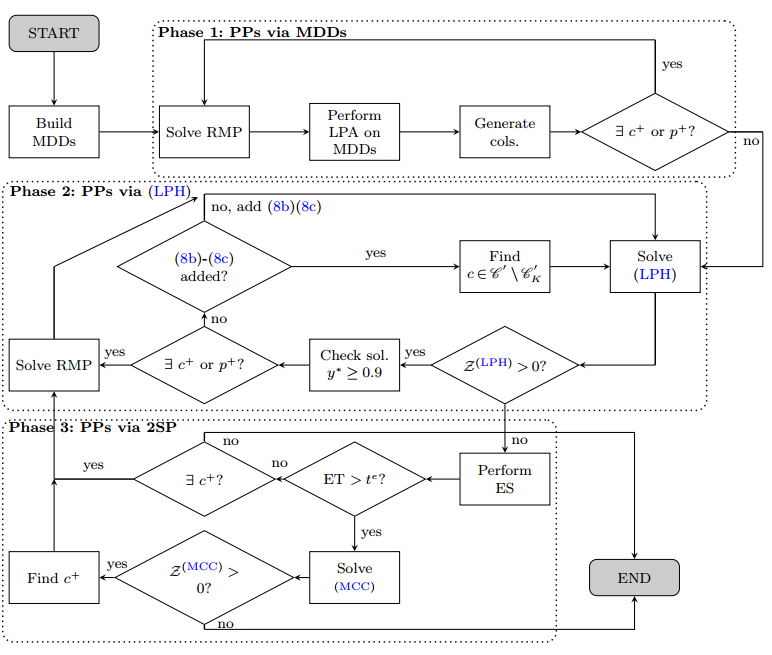
推荐文章3
● 题目:Shared Service Delivery Can Increase Client Engagement: A Study of Shared Medical Appointments
共享服务交付可以增加客户参与:共享医疗预约的研究
● 期刊:Manufacturing & Service Operations Management
● 原文链接:https://pubsonline.informs.org/doi/abs/10.1287/msom.2021.0012
● 作者:Ryan W. Buell, Kamalini Ramdas, Nazlı Sönmez, Kavitha Srinivasan, Rengaraj Venkatesh
● 关键词:
-
client engagement 客户关系
-
shared service delivery 共享服务交付
-
shared medical appointments 共享医疗预约
-
healthcare operations 医疗运营
-
behavioral operations 行为运作
● 摘要:
Problem Definition: Clients and service providers alike often consider one-on-one service delivery to be ideal, assuming – perhaps unquestioningly – that devoting individualized attention best improves the client outcomes. In contrast, in shared service delivery, clients are served in batches and the dynamics of group interaction could lead to increased client engagement – which could improve outcomes. However, the loss of privacy and personal connection might undermine engagement.
Practical Relevance: The engagement dynamics in one-on-one and shared delivery models have not been rigorously studied. To the extent that shared delivery may result in comparable or better engagement than one-on-one delivery, service providers in a broad array of contexts may be able to create more value for clients by delivering service in batches.
Methodology: We conducted a randomized controlled trial with 1,000 patients who were undergoing glaucoma treatment over a three-year period at a large eye hospital. Using verbatim and behavioral transcripts from over 20,000 minutes of video recorded during our trial, we examine how shared medical appointments (SMAs) – in which patients are served in batches – impact engagement.
Results: Patients who experienced SMAs asked 33.33% more questions per minute, made 8.63% more non-question comments per minute, and exhibited higher levels of non-verbal engagement across a wide array of measures (attentiveness, positivity, head wobbling or `talai tal...` in Tamil – a South Indian gesture to signal agreement or understanding-eye contact and end-of-appointment happiness), relative to patients who attended one-on-one appointments.
Managerial Implications: These results shed light on the potential for shared service delivery models to
increase client engagement and thus enhance service performance.
问题定义: 客户和服务提供者通常都认为一对一的服务交付是理想的,同时假设投入个性化关注能最好地改善客户服务的结果。相比之下,在共享服务交付中,客户是分批服务的,群体互动的动态可能会增加客户的参与度,从而改善结果。然而,失去隐私和人际关系可能会削弱用户粘性。
现实意义: 一对一和共享交付模式中的参与动态目前还没有得到严格的研究。在某种程度上,共享交付可能会产生与一对一交付相当或更好的参与,在广泛的环境中,服务提供商可能能够通过批量交付服务为客户创造更多价值。
方法: 我们对一家大型眼科医院接受青光眼治疗的1000名患者进行了一项为期三年的随机对照试验。在我们的试验中,我们使用了超过20,000分钟的视频记录中的逐字记录和行为记录,研究了共享医疗预约(SMAs)(患者分批接受服务)如何影响参与度。
结果: 经历过SMAs的患者每分钟多问33.33%的问题,每分钟多发表8.63%的非问题评论,并且在一系列广泛的测量中表现出更高水平的非语言参与(专注,积极,摇头等),相对于接受一对一预约的患者。
管理启示: 这些结果揭示了共享服务交付模式的潜力,可用以增加客户参与度,从而提高服务绩效。
● 核心解法及点评
此文中通过无模型证据、SMAs对患者言语参与的影响、SMAs对患者非言语参与的影响三方面建立实证研究框架。
尽管医患双方都担心患者会觉得SMAs相对于传统面对面的诊疗没有吸引力,因为他们担心缺乏隐私可能会降低参与度,阻碍疗效。然而,通过作者大规模、多阶段、随机对照试验结果表明,在青光眼预约的背景下,共享服务提供可以显著提高患者的语言和非语言参与。
作者发现SMAs患者提出的问题多33.33%,做出的非问题评论多8.63%。此外,他们还观察到医生的发言平均增加了4.60%,但他们参与的构成发生了变化。他们的非提问评论增加了11.22%,提问减少了3.56%。综上所述,SMAs催化了更多由患者自己指导的医疗保健互动,这可能比传统的一对一护理更适合解决患者的不确定性、担忧和疑虑,这与直觉相反。此外,如果一个人将医学相关信息的传递视为医疗预约的目标,我们关于口头参与的结果表明,SMAs比传统面对面的诊疗预约更有成效。
此文还分析揭示了设计服务模型可能带来的运营效益,这些服务模型使客户在相互服务时更有帮助——从而在医疗保健和其他领域实现更有效的服务体验。最重要的是,文章作者给出证据表明,共享医疗服务所带来的参与动力的改善,可能对患者和提供者都有更深远的影响。
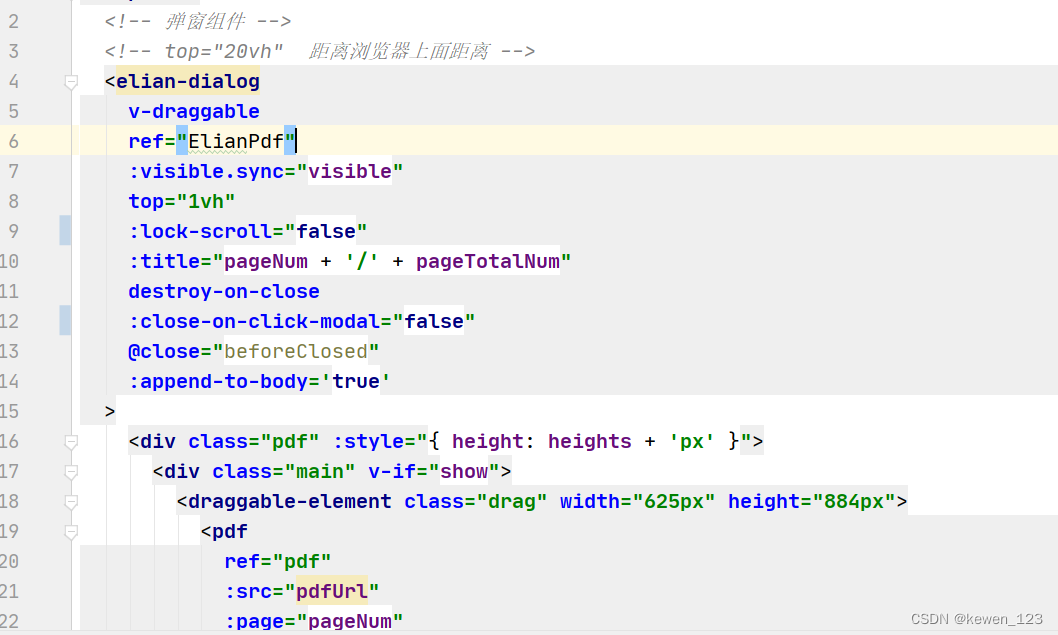
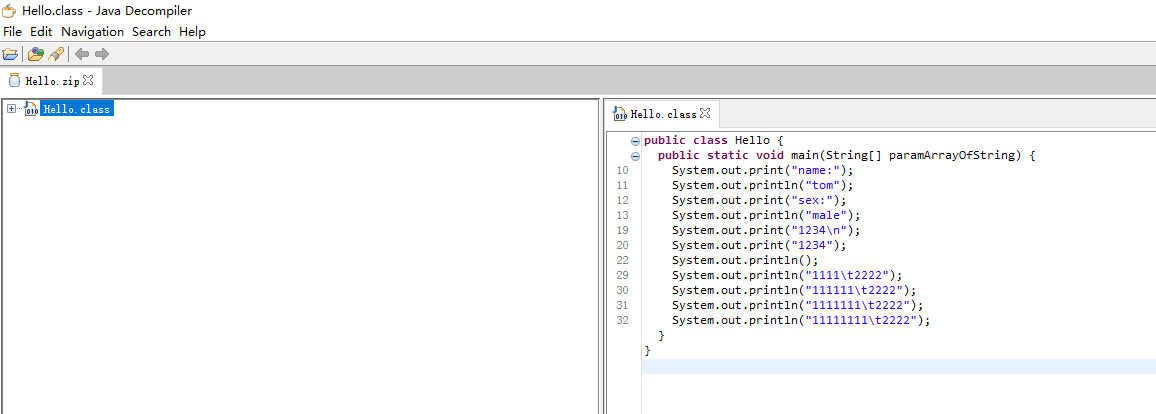



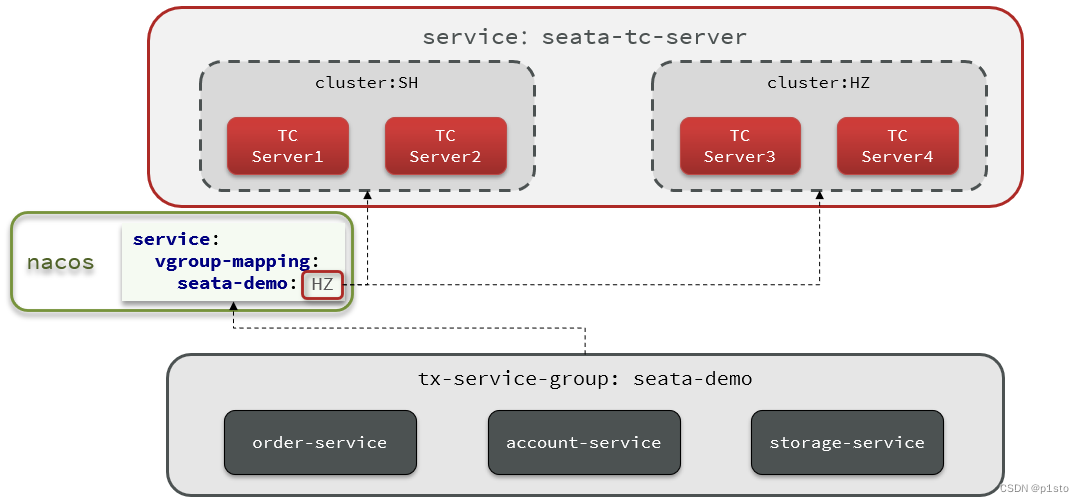
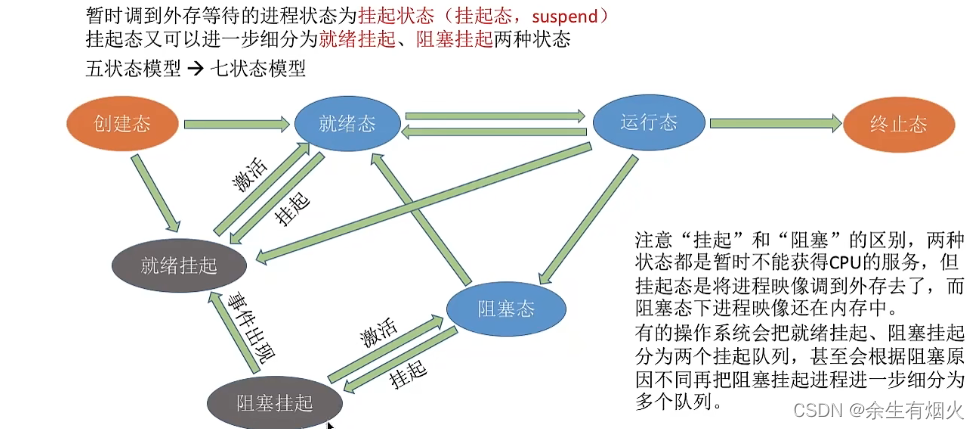
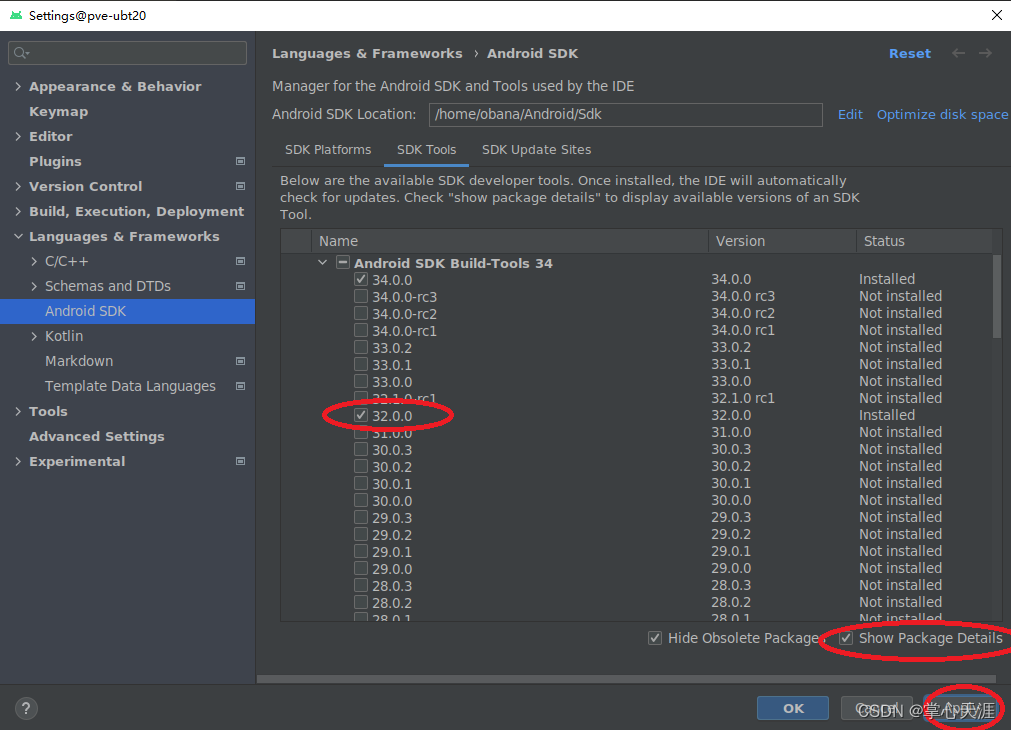


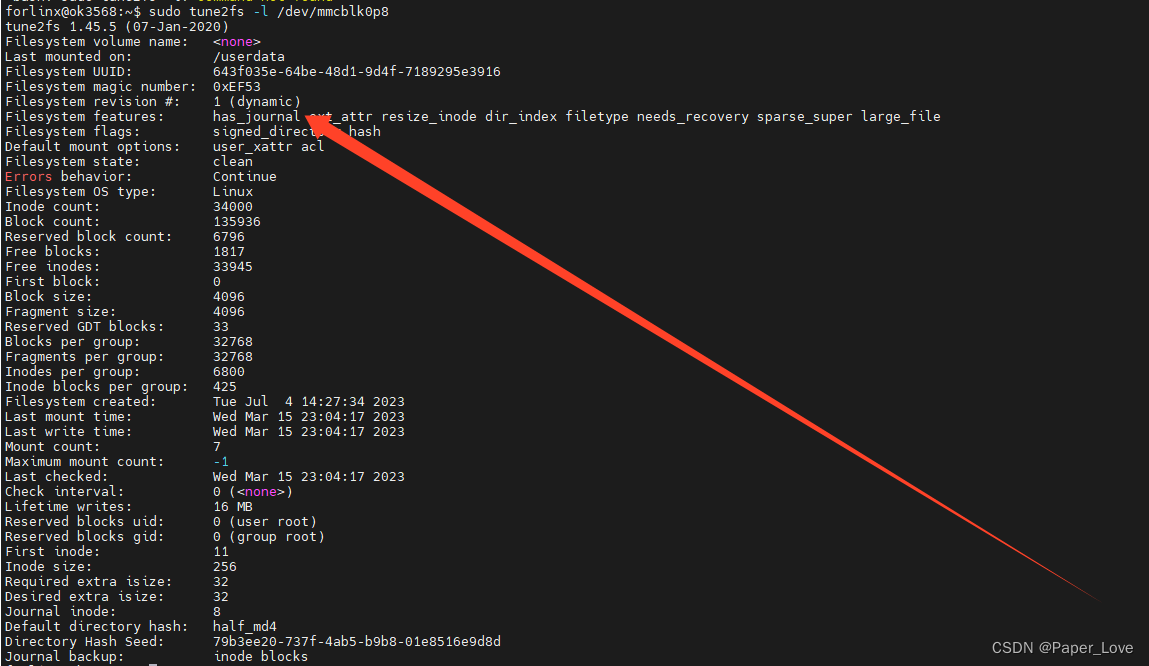
![k8s初始化报错 [ERROR CRI]: container runtime is not running: ......](https://img-blog.csdnimg.cn/direct/e334e6e5042c486f84dca6a026ea9384.png)



